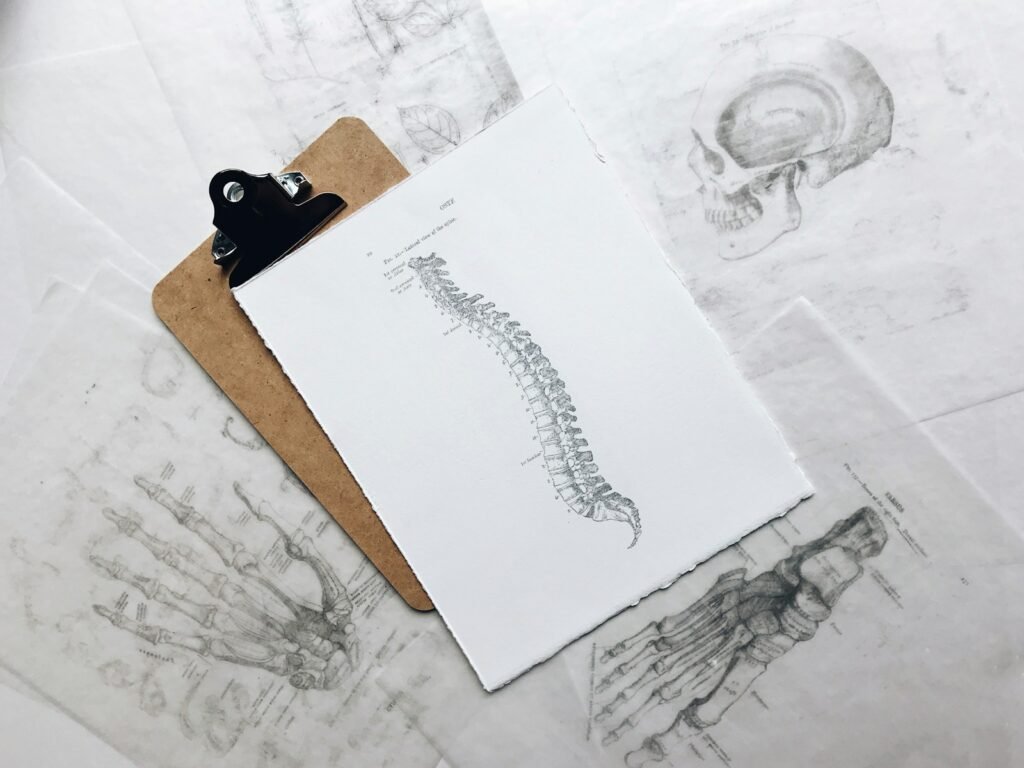Posture can significantly affect lung function. Various studies have demonstrated that different body positions impact respiratory parameters like vital capacity (VC), forced vital capacity (FVC), and forced expiratory volume in one second (FEV1). For instance, standing and sitting positions generally result in higher lung volumes compared to more recumbent positions. This is attributed to the reduced gravitational pull on the diaphragm and less compression of the abdominal organs, allowing for better lung expansion.
A slumped or kyphotic sitting posture can decrease lung capacity and expiratory flow. This is because such postures can compress the abdominal area and restrict the downward movement of the diaphragm, which is crucial for full lung expansion. Conversely, an upright posture or standing can enhance respiratory function by allowing greater diaphragm movement and lung expansion.
The supine position (lying on the back) decreases FEV1 and FVC, critical pulmonary function measures. This effect is more pronounced in individuals with certain health conditions, like obesity or neuromuscular diseases, where the impact of gravity on the diaphragm and lung tissue differs significantly from that of healthy individuals.
Maintaining an upright or standing posture can optimize lung function by facilitating better diaphragm movement and lung capacity, while slumped or recumbent postures can impair respiratory effectiveness. Therefore, posture plays a crucial role in respiratory health, influencing how effectively the lungs can expand and fill with air.







